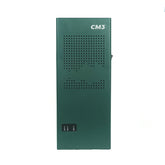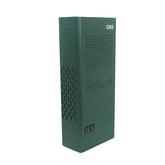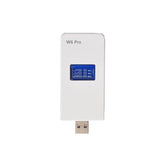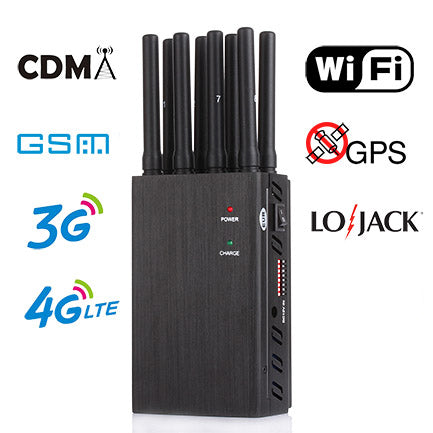How to choose a cell phone signal jammer?
Choosing a cell phone signal jammer for campus exams mainly involves the following considerations:
First, consider the campus location. For example, in student dormitories, we typically install a signal blocker in the hallway to shield rooms on both sides. Therefore, we should consider a device that covers the entire dormitory. If the dorm is only one-sided, we can consider a cell phone signal jammer.
Second, before 2020, in the fourth-generation communication era, 4G cell phone signal jammers were available for different locations. Some areas haven't yet achieved widespread 5G communication, so a more cost-effective 4G cell phone signal jammer may be appropriate. With the widespread adoption of 5G in 2021, the global shortage of 5G communication equipment, the shortage of chips, and the surge in raw material prices are driving up the price of 5G cell phone signal jammers. If you have a sufficient budget, you can consider the new Yanteng 5G cell phone signal jammer. The 4G cell phone signal jammers we're talking about now include 2G, 3G, and 4G cell phone signal jammers for China Mobile, China Unicom, and China Telecom. 5G cell phone signal jammers now include 2G, 3G, 4G, and 5G cell phone signal jammers for China Mobile, China Unicom, and China Telecom.
Third, when choosing a cell phone signal jammer, first look for products from reputable, reputable channels. Products should include the brand and model, and the company name, operating instructions, and warranty card should be printed on the packaging. If you purchase a product without these three information, you won't be able to guarantee after-sales service.
Fourth, when choosing a cell phone signal jammer, don't just look at the number of channels. Compare and contrast products from several different vendors. For example, for a 14-channel cell phone signal jammer, you need to know the output power of each channel and the total output power. Only by comparing products with the same power rating can you better compare their performance. If products with the same power rating and the same number of channels have significantly different prices, try to have the manufacturer disassemble the product to check if the frequency is correct, whether the chips used are brand new and original, and whether each channel has a chip. These are important reference points.














